
Despite how they may sound or read, many words and phrases don’t actually mean what you think. A misnomer is defined as “a wrong or inaccurate use of a name or term”. So, basically, it’s a name that is incorrectly applied. You would be actually surprised to know just how many popular names are misleading and we’ve all been fooled by them for ages.
Here, we have listed a few misnamed words that we generally use for many animals, objects, foods, and other things. Prepare to be amazed as you explore the truth behind some misleading misnomers.
Related Article: We're Speechless: 20 Untranslatable Words
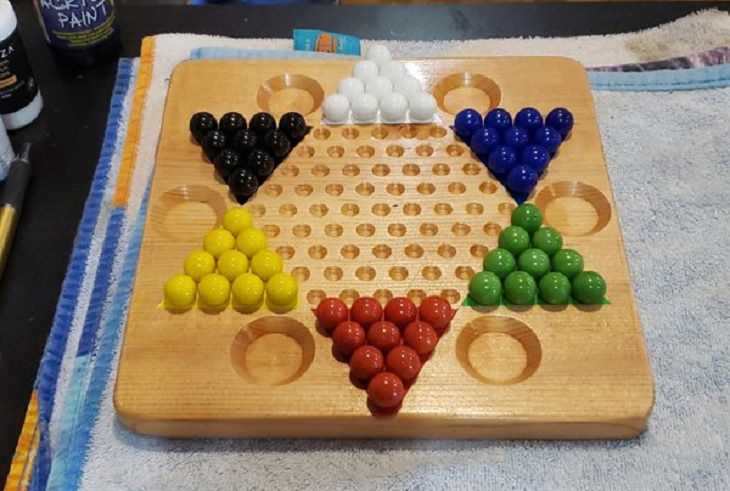
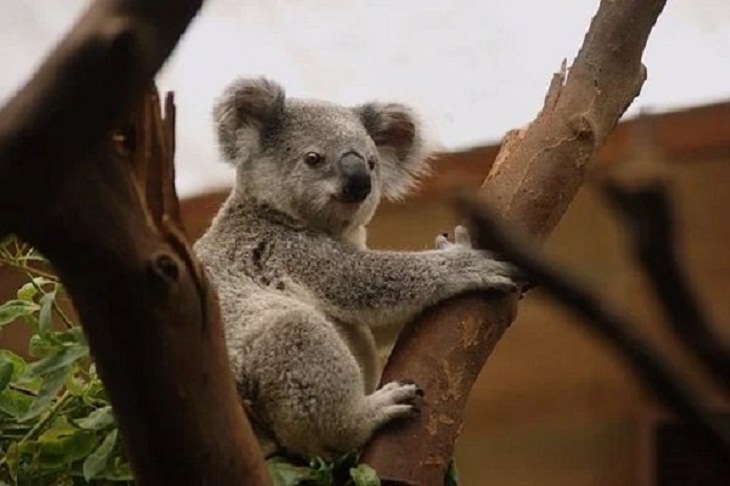
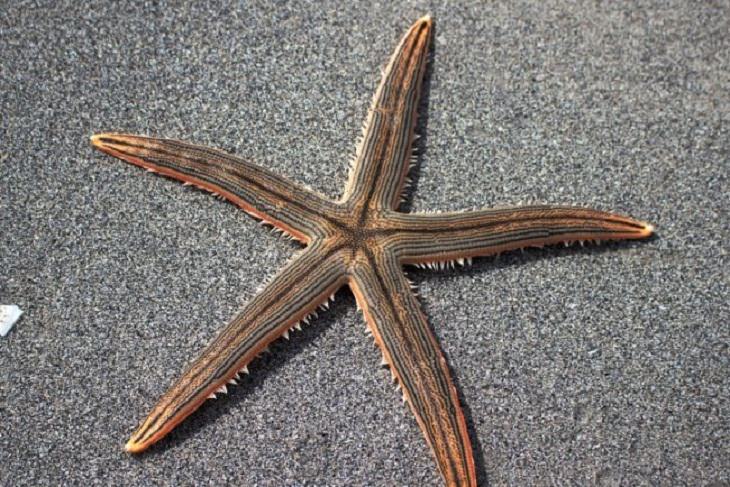
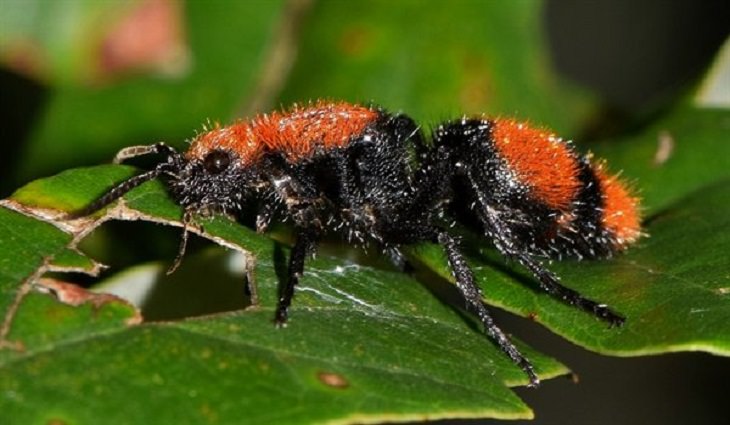
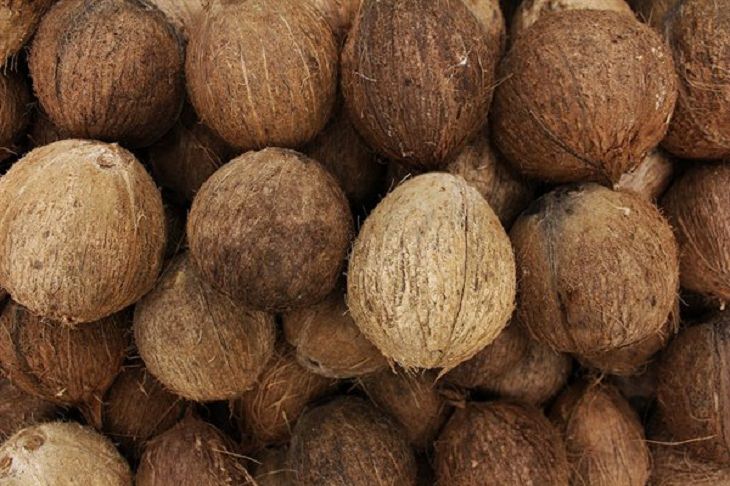
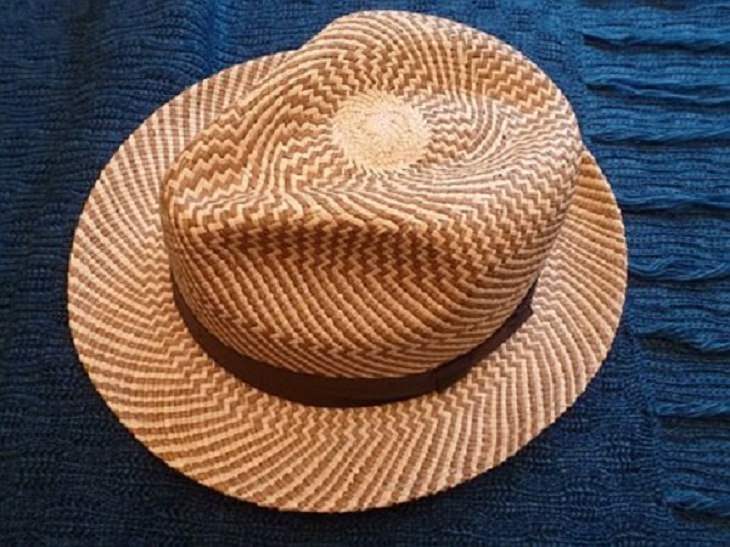
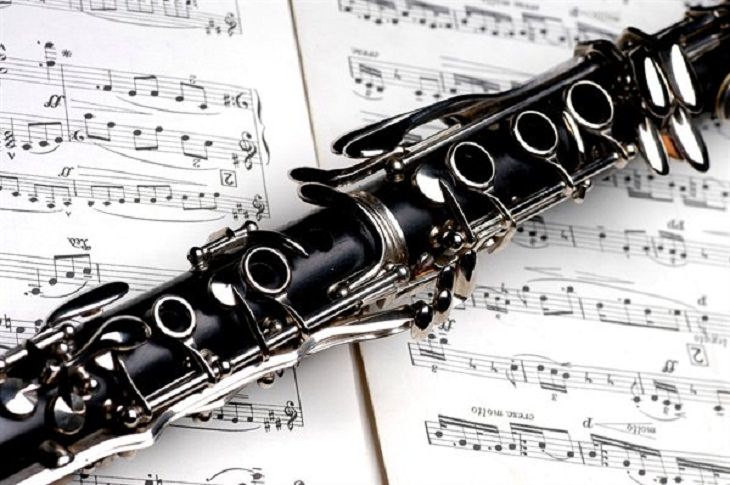

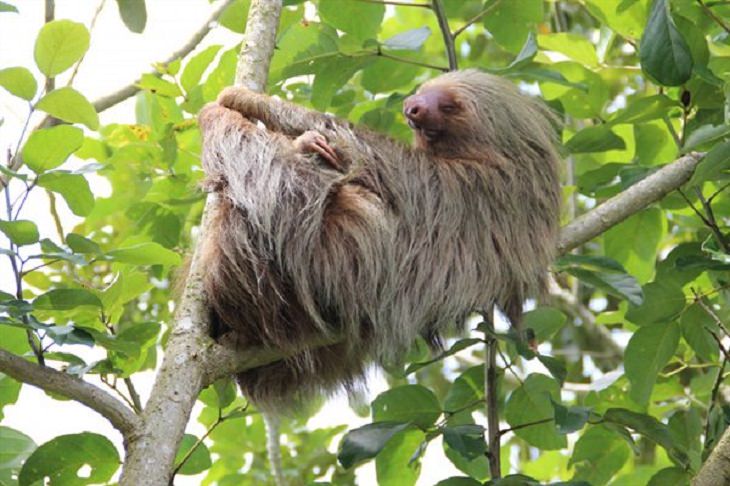
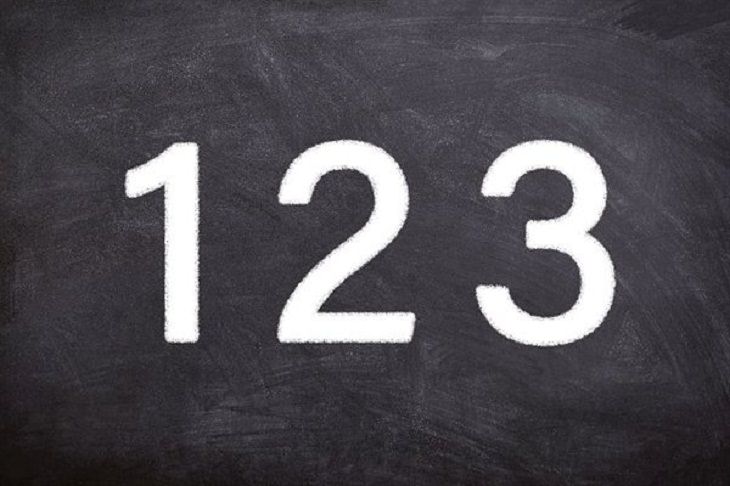
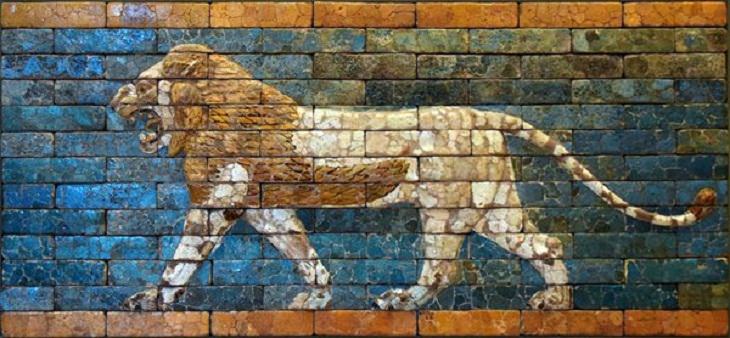
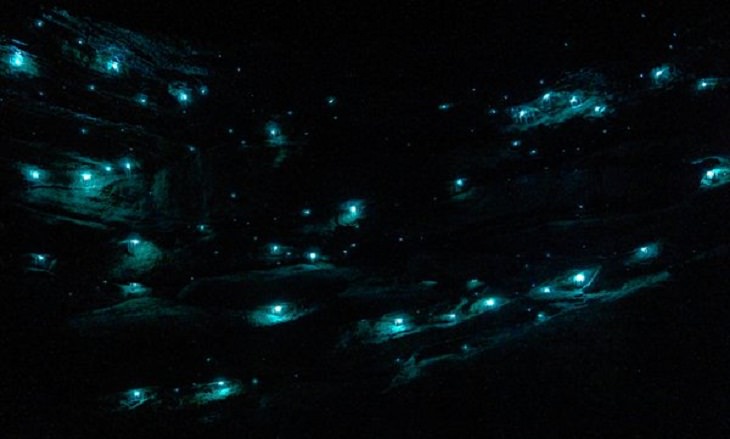

Quiz: Do You Speak the Languages of Love?
If you consider yourself to be a passionate lover, then this quiz will allow you to put your money where your mouth is!
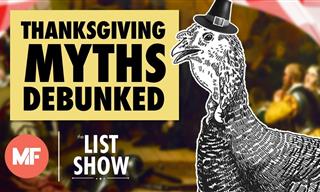 9:59
9:59
18 Popular Thanksgiving "Facts" That Aren't Really True
The history of Thanksgiving is filled with fascinating stories. Not all of them are true, however.

These Common Literary Facts Are Completely FALSE
From Jane Austen to Hamlet, some of the most well-known 'facts' about the world's most famous authors and literature are actually wrong...

The Most Amazing Websites for Learning Languages for Free
Learn any language for free with these amazing websites!

Let’s Learn About 7 of the Longest Words!
Did you know that the longest word to appear in literature clocks at a staggering 183 letters? Find out about more such longest words.

8 Dangerous COVID-19 Vaccine Rumors You Shouldn’t Believe
Fear about potential side effects and of the COVID-19 vaccine has started to spread at an alarming rate. It's time to debunk such myths.

You'll Never Guess How These Optical Illusions Work
Here are three incredible optical illusion videos that have taken the internet by storm. Can you solve the mysteries that you're about to see?
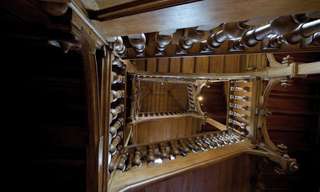
A House Locked Away for a Century. What Was Found Inside?
Sealed for a century, this house was just reopened, and with it a window to another place and time.
 12:19
12:19
How Roman Engineers Shaped the World We Know Today
These engineering marvels made Rome an enduring symbol of innovation and ambition.

Baby Names That are BANNED Around the World
These 14 names, some bizarre and some fairly ordinary, have been rejected or even outright banned in countries around the world for different reasons.

The Invisible War: Deception and Espionage in WWII
Not many know about these incredibly dangerous secret operations that defined the Second World War.
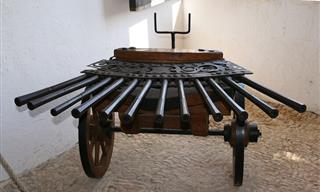
These War Machines Were Truly One-of-a-Kind
It’s crazy to think these war weapons actually existed.
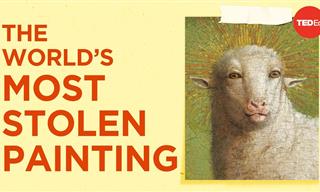 5:38
5:38
The Bizarre History of the World's Most Stolen Painting
This painting is like a magnet for misdeeds, and was stolen again and again.
 18:26
18:26
1950s Debunked: Correcting Misconceptions About the Era
The 1950s may not have been as idyllic as we have been made to believe.

12 Beautiful Quotes that'll Make You Smile and Grin
If you want a smile, you've reached the right place...

Dogs: A Super Collection of Posts On Man's Best Friend
This collection will tell you some amazing things about our incredible friends, from learning the different breeds to dog psychology and much more. Have a pawsome day!

Marilyn Monroe's 15 Unforgettable Quotes That Resonate
These Marilyn Monroe quotes will change what you think of her.

10 Food Products You Should Never Freeze
Take note of this list of food products that should be kept far away from the freezer.

5 Classic Suspense Books That Will Mess with Your Mind
These classic suspense thrillers should be a must on every book lover's shelf.

You’ll Love Learning Of These Surprising Facts!
We assure you - these 14 facts are as entertaining and as they are unbelievable!
 19:08
19:08
What People Need When the End Is Nigh: A Profound Talk
BJ Miller is a palliative care physician with some amazing insights. Discussing what happens to our thoughts as we pass away, he shares some profound thoughts.

Nostalgic Collection: Click to See the Historical Photos!
Click on any of the photos to be taken to a post full of some of our most fascinating historical photographs.

Time Changes Everything... As Seen in These Photos
These incredible photos show just how powerful time is.

April Fools: The Most Iconic Pranks in History!
It’s April Fool's Day! Let’s check out some of the most iconic pranks in history.
 2:04
2:04
Don’t Throw Away Your Used Teabags Just Yet
Teabags aren’t only for making delicious cups of teas. Find out what other uses they hold in this helpful video.
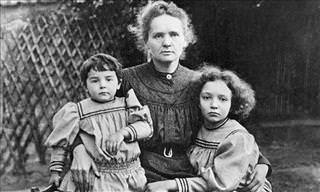
The Great Mothers of History: 12 Famous Mothers!
History is laden with truly heroic moms, but we've gone to the trouble of picking 12 of the most heroic of all for you. Here are 12 of the best moms in history.
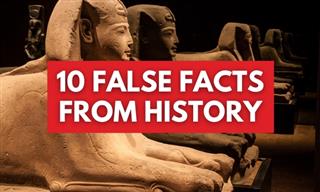
You’re Wrong About These 10 Historical “Facts”
We list 10 common beliefs about famous historical figures and places that were all wildly misconstrued - from Julius Caesar’s birth to the black ninja uniform.

Wish Everyone You Love a Very Happy Easter
Choose from our 10 special Easter celebration greetings cards to send to those you are thinking of at this special time of the year.
 2:43
2:43
WOW! These Men Must Have Nerves of Steel!
Vince Reffet and Noah Bahnson are thrill-seekers who love jumping off mountains. In this breathtaking video, they fly through the Alps.

The True Scale of These Things Will Really Surprise You!
Did you know that there are actually a lot of things in our world that are far bigger in reality than most people would expect. Here of 20 of them.

10 Questions You Always Wanted the Answer To
Let's dive into ten questions you've always wanted to ask and uncover the intriguing science behind everyday phenomena.

These 3 Breakthroughs Are Making Historians Jump for Joy!
Learn about some of the most fascinating findings that archaeologists and historians have recently uncovered. Get ready to be amazed!

Dogs Can Teach Us a Lot About Friendship...
While dogs may be man's best friend, dogs’ best friends are undoubtedly other dogs, as these adorable pictures go to show.

16 Helpful Charts and Guides Worth Saving
We’ll never get enough of useful charts, maps, and guides like these!
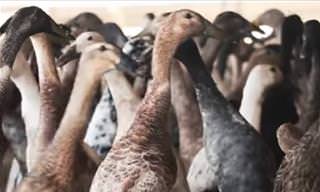 0:51
0:51
Have You Ever Seen Ducks With Jobs? You're About To!
Watch the day-to-day life of these incredible ducks, who just so happen to spend their lives on a wine farm...

WATCH: This Is One Free Gift That Everybody Yearns For
If there's one thing you can do to provide solace, comfort, and love to someone else, it's by cuddling them. Watch this video for more about wonderful hugging.
 3:25
3:25
Saxophone Magic: 15 Unforgettable Solos
These renditions of epic sax solos are just perfect.

A Nostalgic Look Back at Prices in the Past (14 Pics)
Travel back to the time when things cost just a few cents.

Historic Photos From Days of Christmas' Past...
Christmas is said to be a time of love, cheer, and human compassion. These photos may be decades-old, but the stories they tell are not much different than the stories of today.

Creative Shopping Ideas You’ll Wish Were Everywhere
These stores are setting new standards for what shopping should feel like.
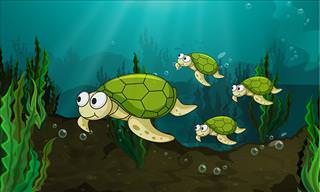
This Beautiful Story has a Special Moral to Teach
This is a beautiful story of a woman who looks after four turtles. It has a wonderful moral at the end too. Enjoy!

15 Spine-Chilling Facts About the World
We really wish these creepy facts weren't true, but unfortunately, they very much are, and it's better to be aware and wary of them...

8 Mysterious Objects Found By Deep Sea Divers
The oceans are vast and mysterious, and they hide many strange and curious lost objects. Here are 8 such items, unearthed by deep-sea divers.

10 Surprising Facts About the Food in Your Kitchen
Did you know that ordinary foods like carrots, jelly beans, sandwiches, and broccoli have a fascinating story to tell?

Thomas Edison’s Most Inspiring Words of Wisdom
These memorable quotes by Thomas Edison still hold meaning for anyone chasing big goals.
 2:35
2:35
A Fascinating History of the New Year’s Eve
Did you know that New Year's hasn’t always been celebrated on January 1?
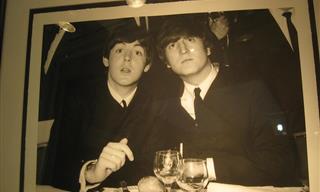
The Unlikely Chance Encounters That Shaped the World
One chance meeting could change history. Check out the stories of the most world altering encounters that happened completely at random.
To enable your Ad-Free Subscription, please fill the fields below
Your subscription was successful, now you can enjoy an ad-free experience!!
Note: To make sure you get no ads, please make sure to log in to your account. If you are logged in already, then refresh the page. The subscription can be cancelled at any time.


